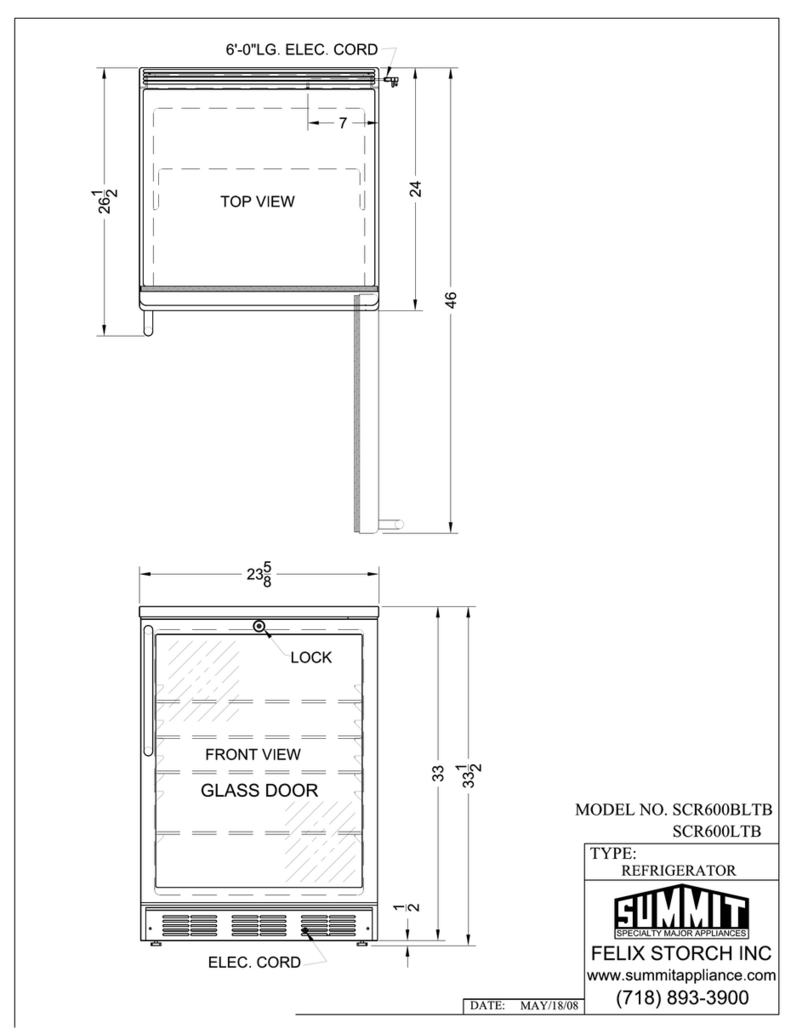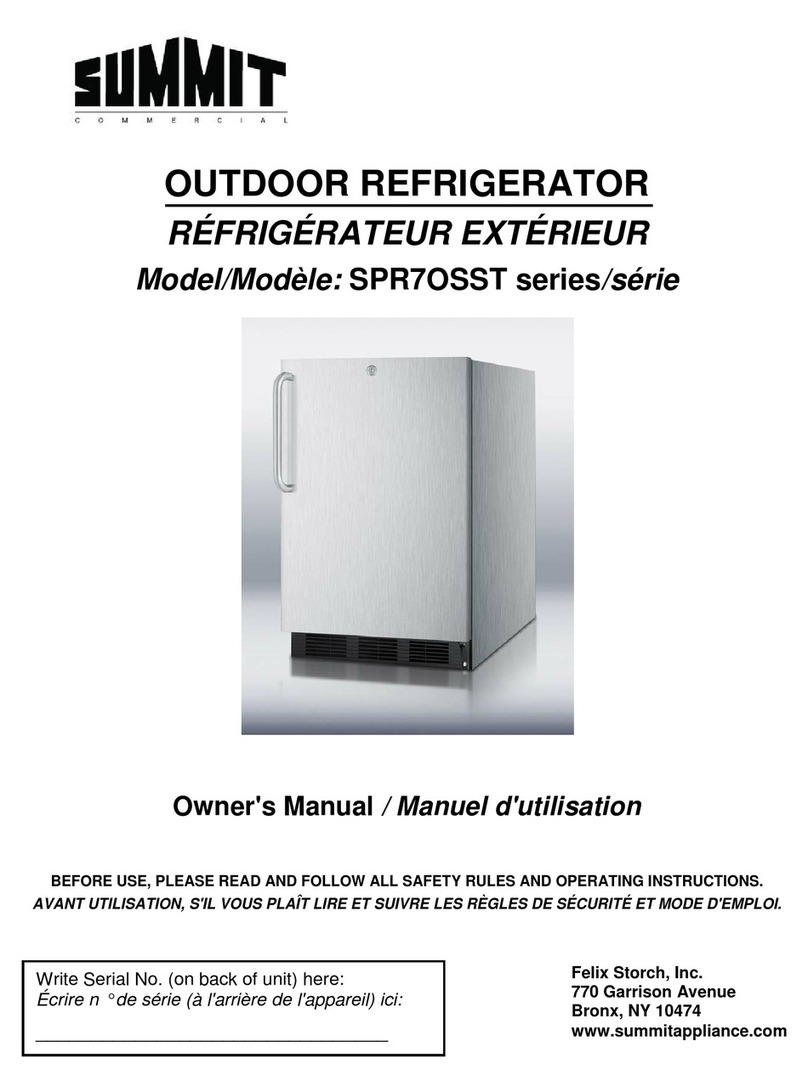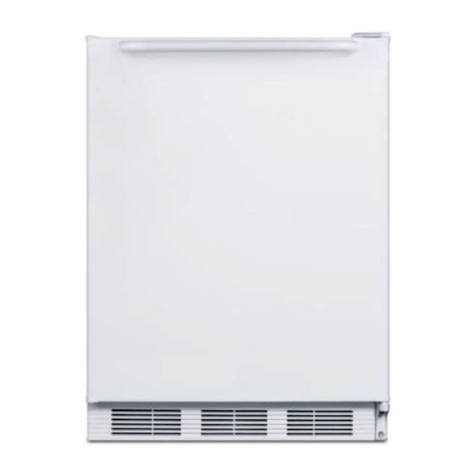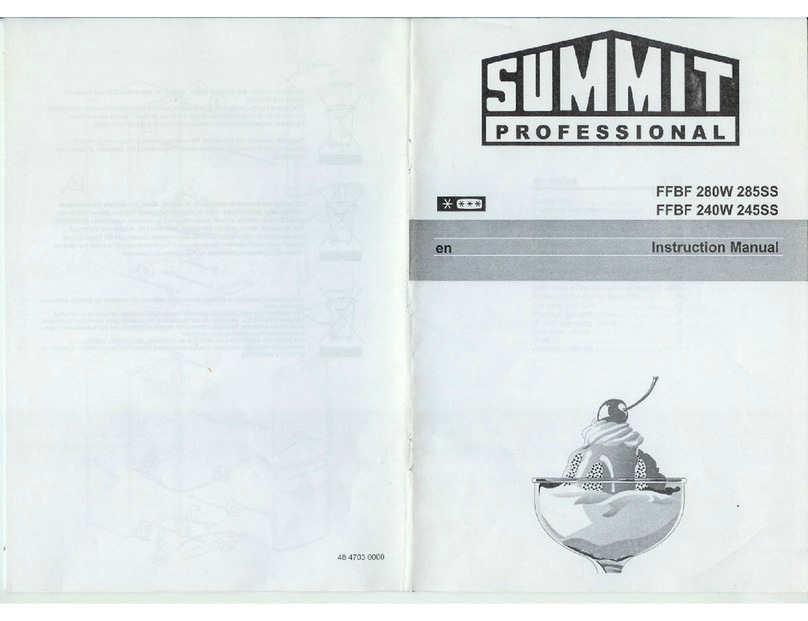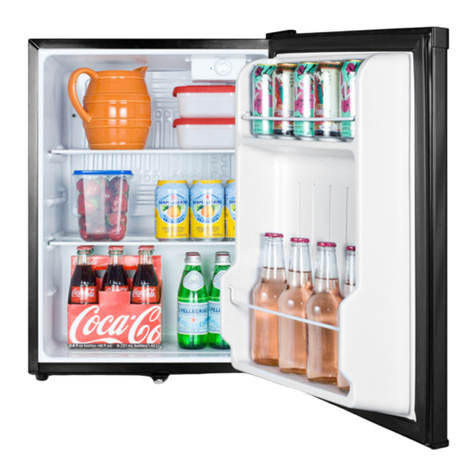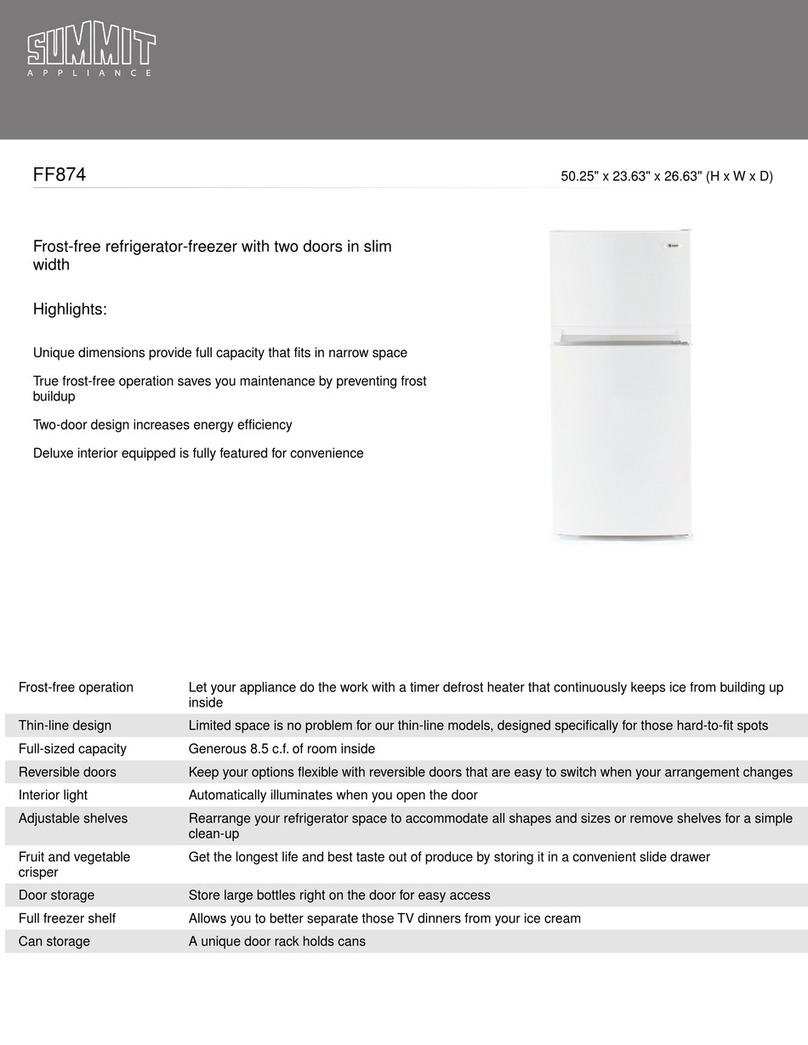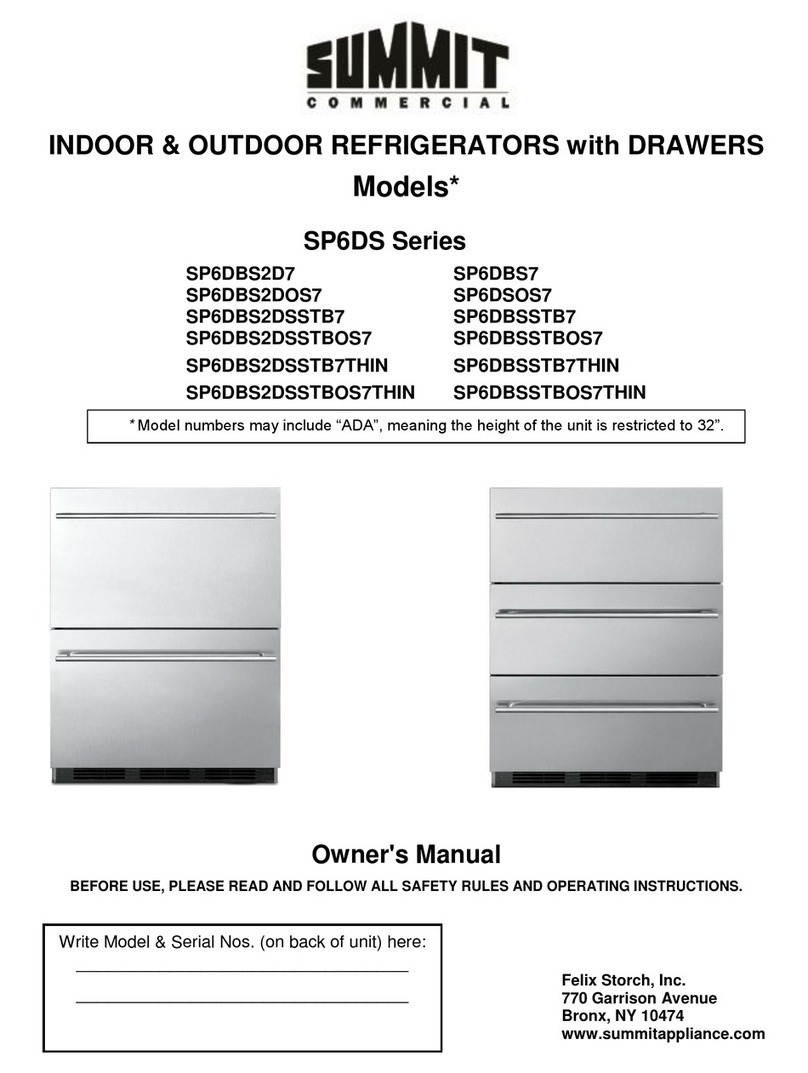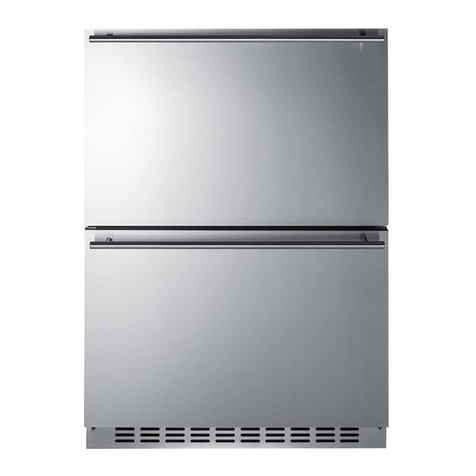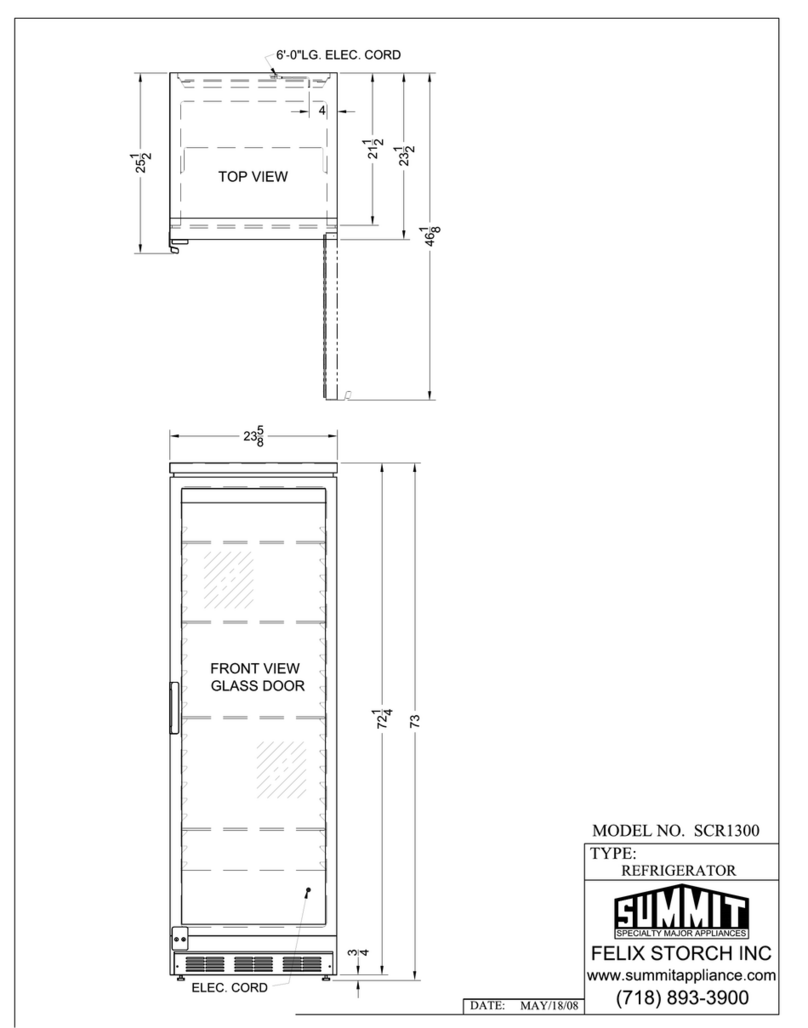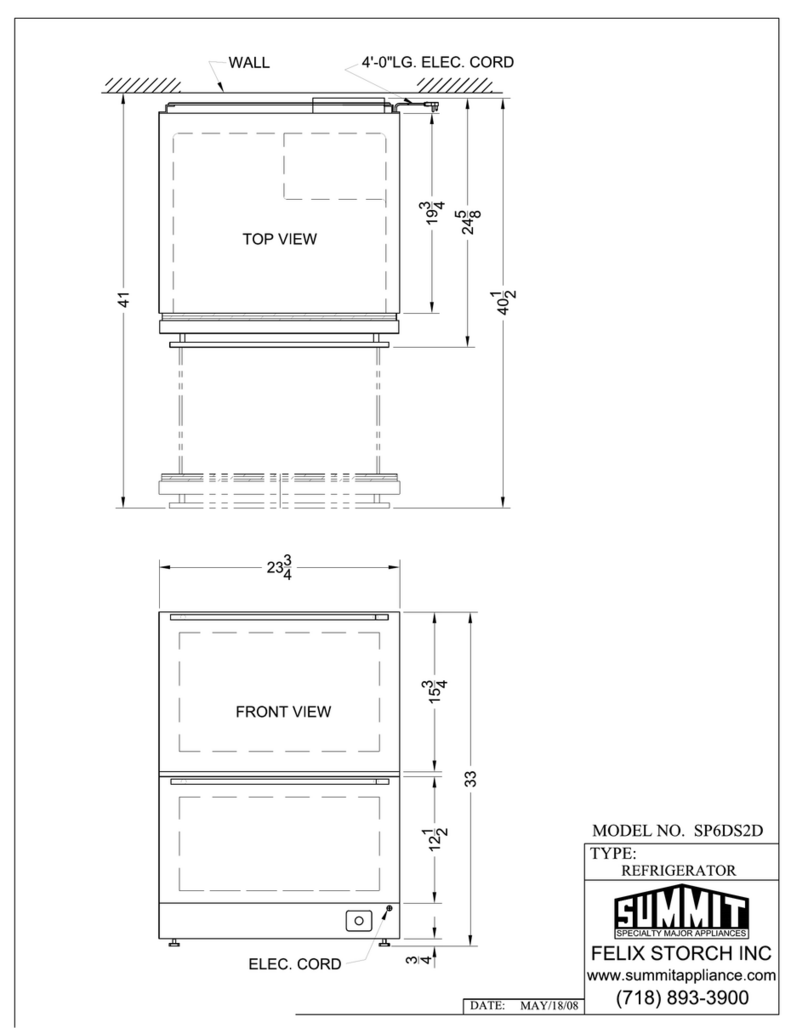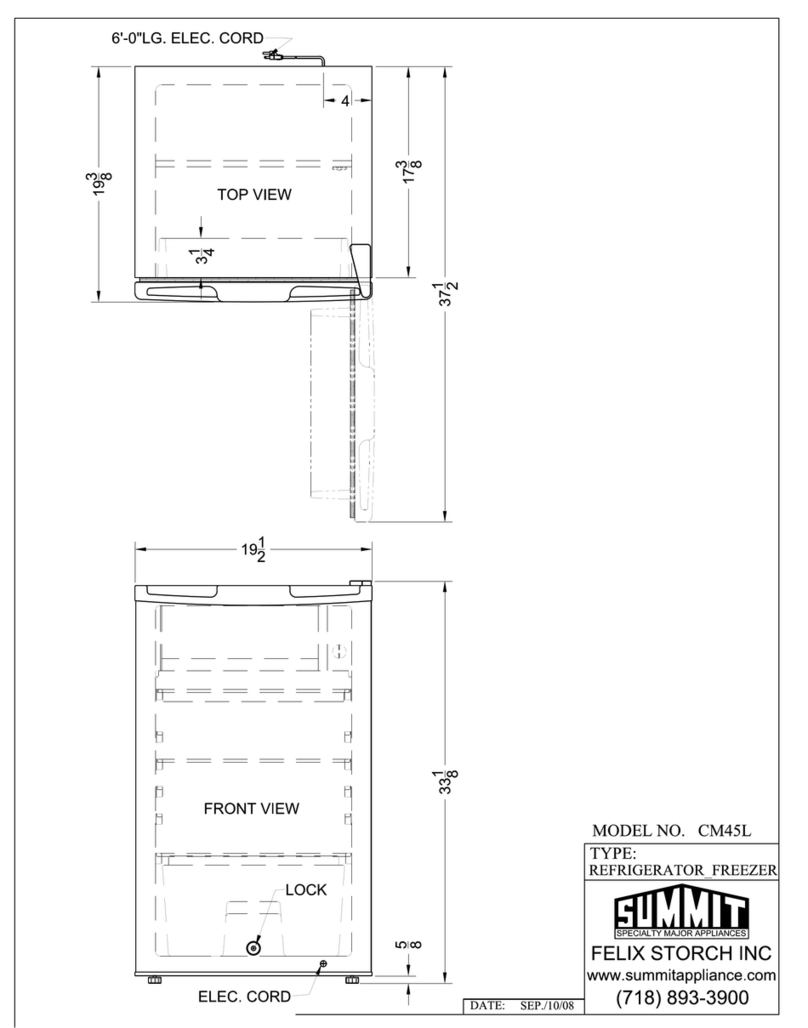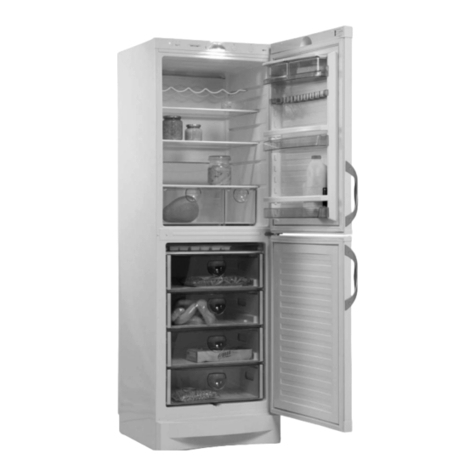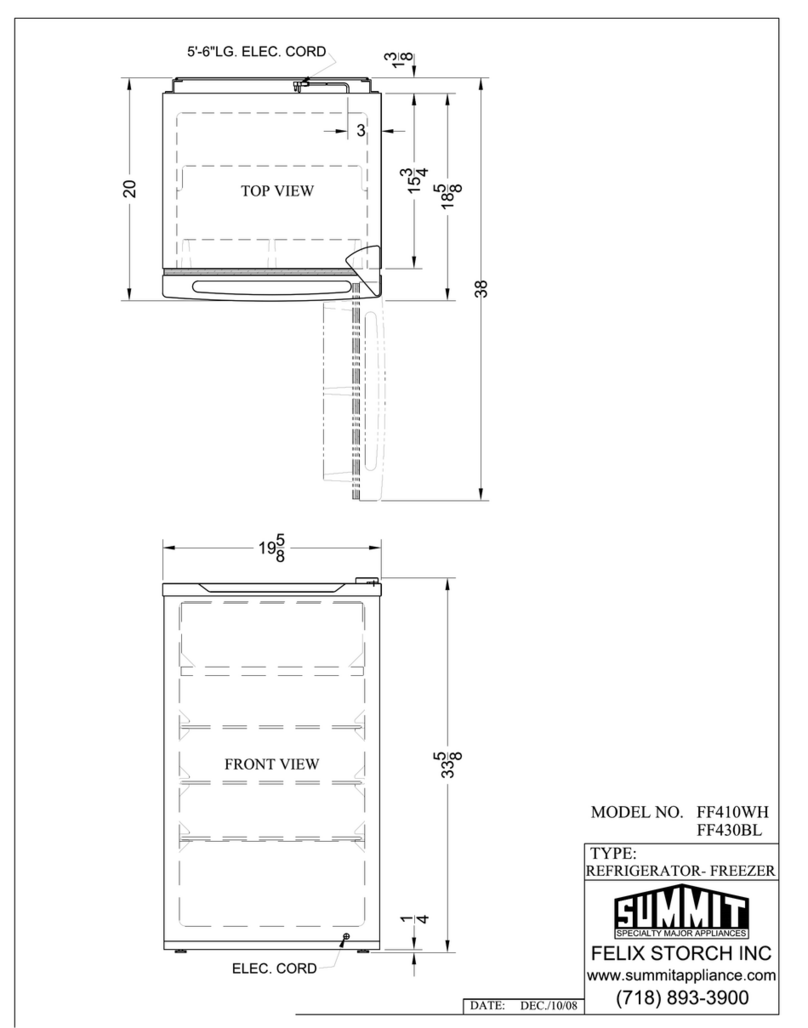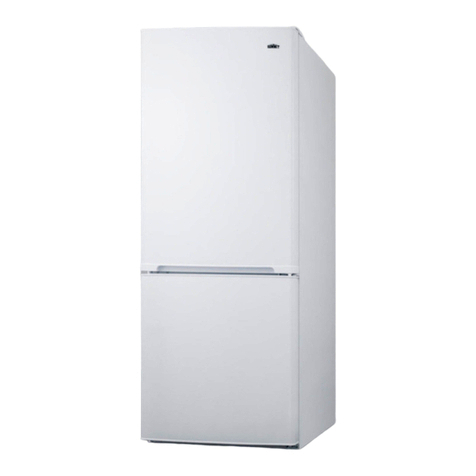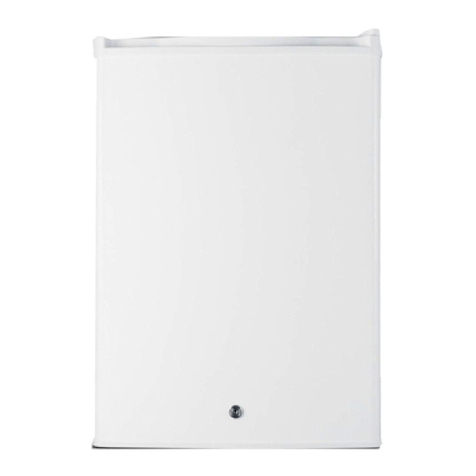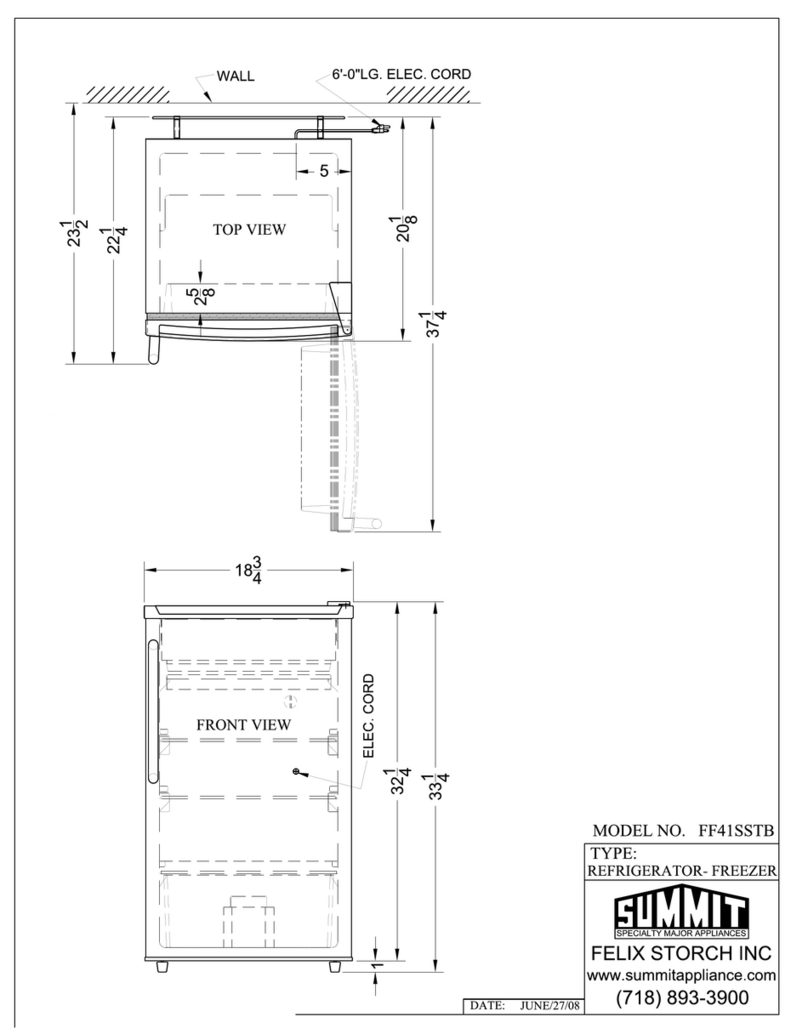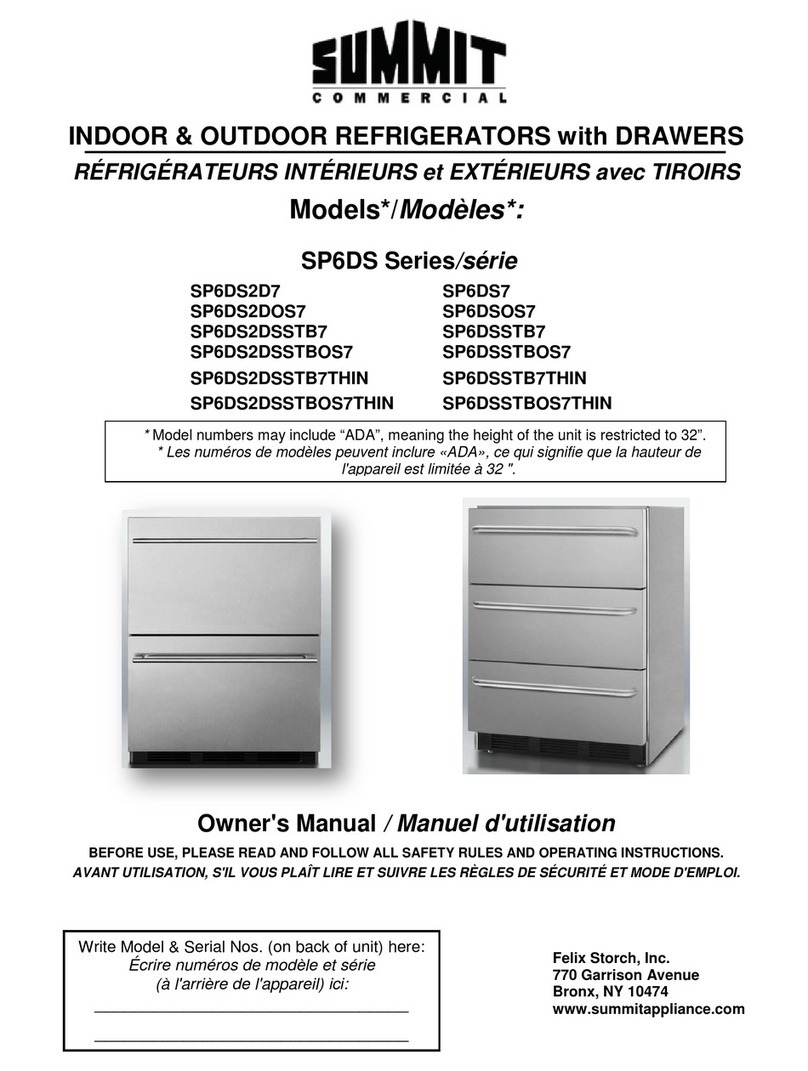
INSTRUCTIONS FOR USE AND WARNING CONCERNING CYCLE RACK ON ROOF BARS
CCINS603-2.13
FITTINGINSTRUCTIONS
SUM-603
GENERAL REMARKS 1) You must read this warning notice and the follow the assembly
instructions to the letter before using the bicycle rack. Please store the warning and instructions
for future safe use. 2) The bicycle rack you have just purchased is designed and intended for the
transportation of bicycles only. 3) The bicycle roof carrier should only be fitted to the bar carriers
running along the roof of the vehicle. 4) Maximum load and number of bicycles authorized on
the bicycle roof rack: 15kg (33 lbs.) for a singlebicycle rack and 30kg (66 lbs.) for a 2-bicycle
rack, unless otherwise specified on the notice. 5) The bicycle rack is not intended for transporting
tandem bicycles. 6) Compatibility with carbon bicycles is not guaranteed. 7) Compatibility
with children’s bicycles is not guaranteed. 8) Check that the attachments of the roof carrier
are compatible with the cross-section of your bar carriers. 9) The guarantee does not cover
circumstances resulting from a failure to follow the assembly instructions and warning. Improper
assembly may cause damage to your vehicle and jeopardize your safety and that of others.
ROAD SAFETY 1) Please respect the rules and regulations of whatever state or country you
are traveling in with your bicycle rack. 2) Never drive on unpaved roads. All-terrain driving is
not authorized with the bicycle rack. 3) The bicycle rack increases the vehicle’s height, and
the bicycles may increase its width and height. Be aware of this when passing through narrow
or difficult spaces. Any loads exceeding the indicated dimensions must nevertheless respect
existing regulations and be properly strapped down. 4) Your driving should take into account the
wind factor. Wind blowing through the rack and bicycles can modify the response of the vehicle
during turns and braking. 5) Adapt your speed according to the load you are carrying. For added
safety, it is recommended not to exceed 90 km/h (56 mph). 6) Slow down considerably (down to
10 km/h, 6 mph) if passing over speed bumps or other obstacles. Drive smoothly and anticipate
braking situations. 7) In order to save on fuel, it is advised to remove the bicycle rack after use.
SAFE AND APPROPRIATE USE 1) Before assembling the bicycle rack, make sure the assembly
kit is compatible with your bar carriers. 2) Since each bicycle has its own particular shape, you
should check that your bicycle is actually compatible with the roof rack. 3) The load should be
uniformly distributed along the entire surface of the support, and its center of gravity should
be established as low as possible. 4) Please consult the your vehicle’s user manual and bar
carrier manual for the maximum load authorized. If the maximum load as indicated is less than
the maximum authorized load of the rack, it is the lesser weight limit which must be observed.
The maximum weight of the bicycle rack is equal to its own, unloaded weight plus the weight
of the bicycles. 5) Make sure there is no point of contact or support between the bicycle rack
and your vehicle before fitting the bicycle rack. 6) The bicycle rack must fit your carrier bars in
a precise and solid manner. The attachment settings must be adjusted with care and accuracy:
please refer to the 7) Before leaving and during the journey, check the tightness of the straps
and the other attachment elements. Retighten if necessary, and immediately if the bicycle on
the rack or the bicycle rack itself have moved. 8) Worn or frittered straps are dangerous and
must imperatively be changed. 13) You should use whatever supplementary means necessary
to protect your bicycles. 14) Remove all accessories from the bicycles (carriers, baskets, pump,
etc), which may come off or be loosened in strong winds. 15) Do not use any elastic attachments.
MAINTAININGYOUR BICYCLE RACK 1) The bicycle rack should not be modified in any way. 2)
For proper use, the bicycle rack should be maintained in good condition and not allowed to fall
into disrepair. 3) Any damaged or worn parts should be replaced immediately. 4) When cleaning
the bicycle rack, do not use corrosive chemical products, but rather soapy water. 5) You must
remove your bicycle rack when washing your vehicle. 6) Store your bicycle rack carefully after
use and keep all documentation safely.
IMPORTANT
READ FULLY BEFORE FITMENT AND
KEEP INSTRUCTIONS FOR FUTURE REFERENCE


